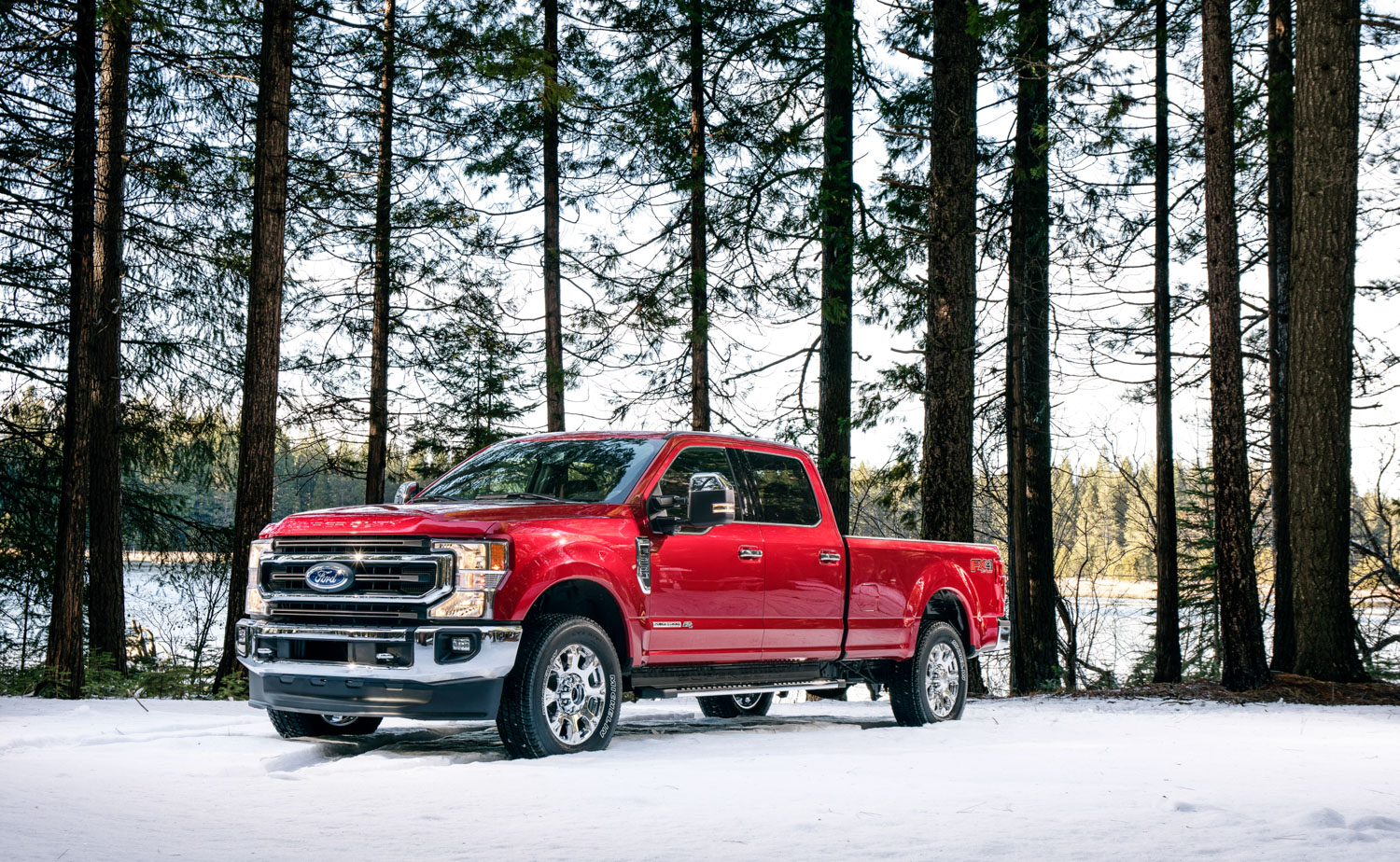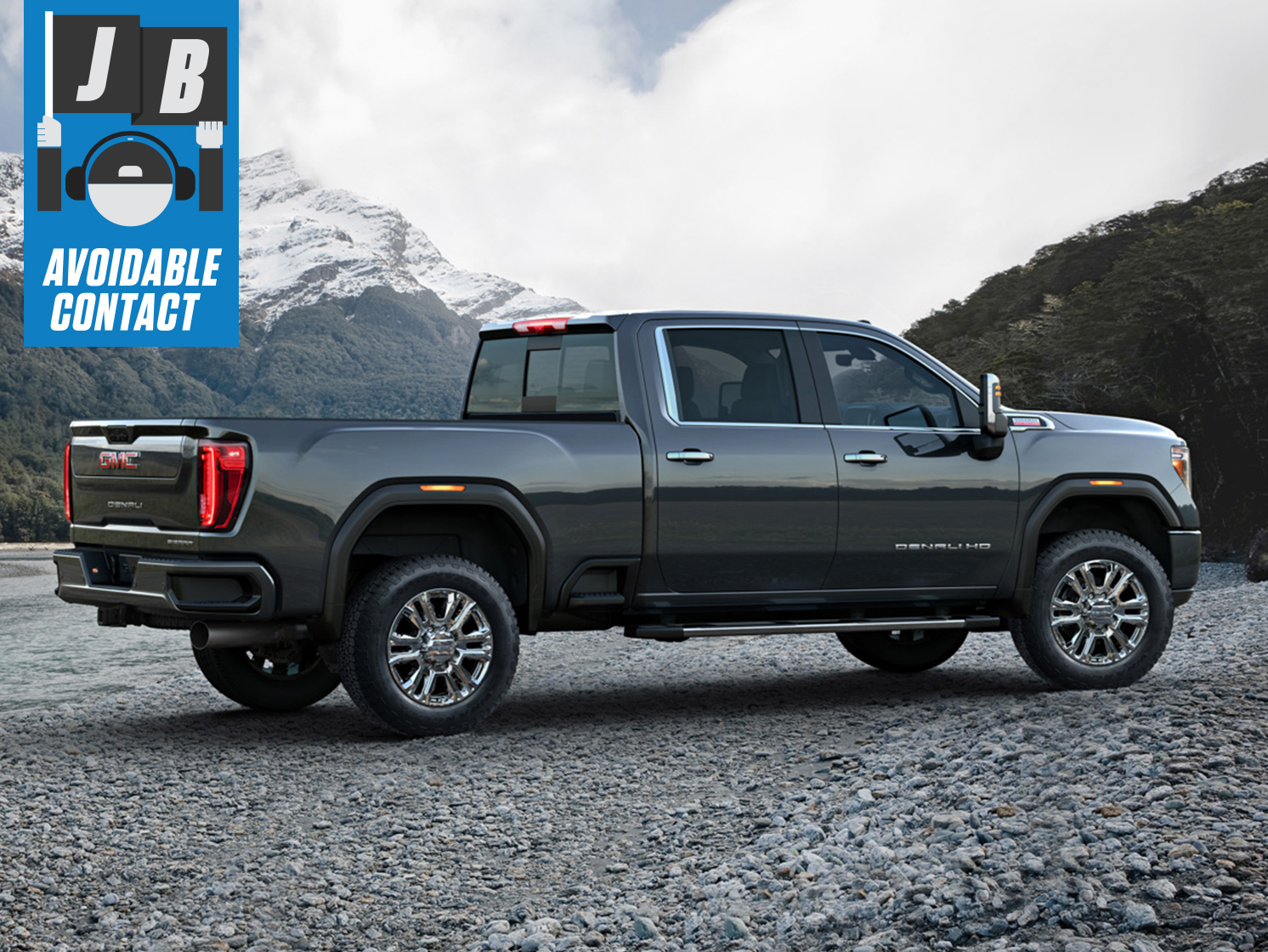The long-overdue triumph of the crew-cab pickup
Why do the people who build extended-cab pickups hate them so much? According to an insider source with whom I recently spoke, it’s because they are significantly more difficult, and expensive, to build than either the regular-cab pickups from which they sprang or the crew-cab designs which now account for the majority of privately-owned trucks.
“It’s the way we hang the doors,” this fellow told me. “Regular-cab pickup? Easiest job in the world, and our facilities can line-up by robot. Crew cabs? It’s the same job twice. But the extended-cab… well, those are really suicide-door vehicles now. You’re lining up the front and rear doors with a very narrow fitment margin. Too loose, and it’s an easy build but the truck will leak-n’-squeak. Too close, and they don’t close right in the summer. We have to slow the line down significantly when we run extended-cabs. It wasn’t a problem, of course, back when there was no rear door to line up. Nowadays, I’d rather build and sell a crew cab.”
Turns out that most people would rather buy and drive a crew cab, as well. And this, combined with the manufacturing story above, explains why you won’t get much of a discount if you choose your new truck in extended-cab form. It feels like it should be cheaper, right? The cab is significantly smaller and there seems to be less hardware involved. In the real world, however, the costs are very similar—and crew cab volumes are higher, which has a further effect both on factory-to-dealer pricing and dealer-to-consumer discounting.
That hasn’t stopped plenty of people in both general-interest and automotive media from lampooning modern crew-cab pickup buyers as wanna-be urban cowboys who would be better-served with a Camry or Impala. They view the massive market for half-ton personal-use trucks as a sure sign of dumbing-down among American consumers, and they see those consumers as status-obsessed morons who just want to ride higher than the commuter sitting next to them on a dead-stopped freeway.

I, too, once had that opinion. Back in 1995, I drove a straight-six, vinyl-seat, regular-cab, long-bed F-150 as a company vehicle—and I thought that anybody who bought “more truck” than that was simply indulging their vanity, their stupidity, or both. As the years went on, however, and the truck market changed, I started to realize that these “stupid” consumers were a lot smarter than I’d originally believed.
Today’s half-ton crew-cabs are absolute masterpieces of engineering, particularly in the case of the American-branded big boys from Ford, GM, and RAM. They offer the ride-and-handling competence of a good full-sized sedan from the ’90s, they accelerate about as quickly as a ’60s GTO, and they can often return 22 miles per gallon on the freeway. They’re safe in a crash, which is something you couldn’t say about their pre-millennium predecessors. Last but not least, they might have sky-high sticker prices, but they offset those prices with strong value retention and low maintenance costs.
“That’s all well and good,” the urban Twitterati reply, “but if you really worked with your pickup, you’d get a regular cab.” Trust me: working men and women, particularly those in the trades, love crew cabs. You can get more people to the job site, you can store tools or laptops in the back seat, and you can use the back half of the cab as everything from a changing room to a quick space to review construction diagrams. My father-in-law runs an electrical-construction business in the Southwest; he made the move to SuperCabs 20 years ago and is now looking at crew-cabs. When he takes a journeyman electrician to a job site, the crew cab gives him all the room the two of them need to do their jobs.
“Alright, fine,” the critics snivel, “but all of that work could be done better in a modern van. That’s what they drive in Europe.” True, the Transit et al are very popular on the Continent. They’re popular in New York, too, and for the same reason: ease of parking. For the majority of working people off that particular island, however, the pickup makes more sense, particularly in areas where the weather, or the terrain, can be a bit uncertain. You don’t need to be a Rubicon trail rat to appreciate ground clearance in your vehicle; just taking a washed-out dirt road to a new-build apartment complex will set you straight on that matter.

Let’s review. Crew-cab pickups: great for tradesmen, great for families, great for pulling a race car or boat, long-lasting, quiet, comfortable. There’s just one little problem, and I think that this is at the heart of chattering-class objections to the breed: they are, in general, utterly tasteless. They’re festooned with giant badges and silly names and wide-open plains of elephant-testicle-grained plastic. For drivers (and passengers) who have become accustomed to the jewelry-delicate polished metallic inlays of something like an Audi A8, the interior of a Silverado will feel like public transportation. That’s OK, those folks are free to buy something like an Audi Q8, which has half a Silverado’s utility at just twice the cost. Nor will a Ram Rebel ever have the subtle gorgeousness of a Series I Jaguar E-Type—but ask yourself this: If you needed to get your child to a hospital tomorrow, or even make it to work in winter-storm conditions, wouldn’t you willingly sacrifice that beauty?
Barring another ’70s-style gas crunch, therefore, the future of the crew-cab pickup will only get brighter. Heck, even if there is another fuel crisis, I suspect the Nimitz-class haulers will stay in the game. They’ll just turn down the power and turn up the battery capacity. You might not like them, but these trucks are here to stay, regardless of what the media or the coastal tastemakers think.
With that said, I have this bit of consolation to offer my truck-hating friends in the car-chat game: 40 years ago, every right-thinking petrolhead absolutely hated station wagons. They were the crew-cab pickups of their day, hauling middle-class families and working-class people through their mostly unremarkable lives. In 2019, however, station wagons are hot stuff, craved and chased by every double-income, no-kids hipster couple in America. Nothing says “I don’t have children or obligations” like driving a modern low-roof wagon. The same thing is becoming true, albeit more slowly, with minivans; I know a lot of indie-band types who insist on driving Plymouth Voyagers and that sort of thing because the private-school moms long ago abandoned them for seven-seat crossovers.

It stands to reason that at some point in the future the crew-cab half-ton will yield to a better family-vehicle mousetrap. It could be electric, it could be fuel-cell, it could be shaped like a flying saucer. It might even be autonomous, although I’m going to fight tooth and nail against that and so, I suspect, will many of you. Regardless of how it happens, however, it will happen—and at that point, crew-cab pickups will join their wagon and minivan brethren in the automotive counterculture.
When that happens, the streets of Brooklyn and San Francisco will positively teem with 5500-pound behemoths. Twenty-somethings will discuss the differences between F-150 Platinum and F-150 King Ranch the way today’s Millennials quibble about the respective qualities of vinyl records and TDK cassettes. You’ll be sitting in a Starbucks someday and you will hear some carefully-attired fellow say something like, “You know, the Silverado 6.2 never had the peak torque of a second-generation Ecoboost 3.5.” And his friend will nod in agreement.
That’s when you’ll turn to them and say, “Listen, the normies might like to talk about engines in pickups, but the real truck fans are collecting 2015-era SuperCabs. You know they were harder to build, right? What? You don’t? Well, let me explain. It all came down to how they would hang the doors…”


